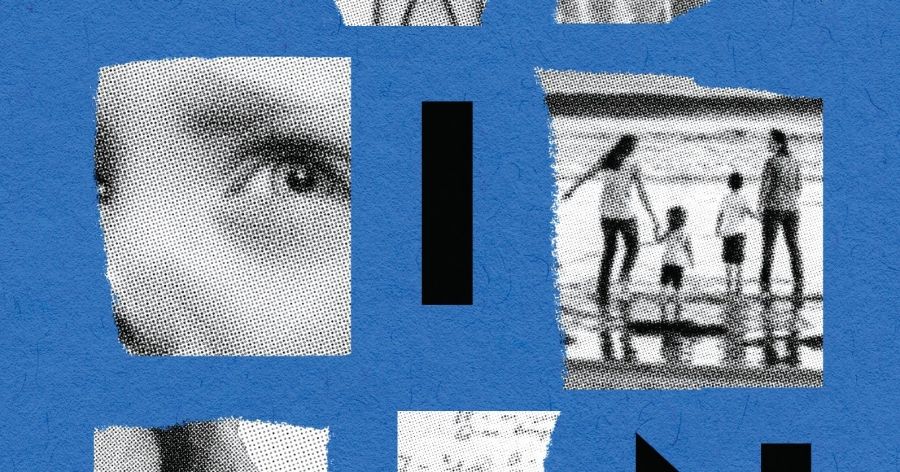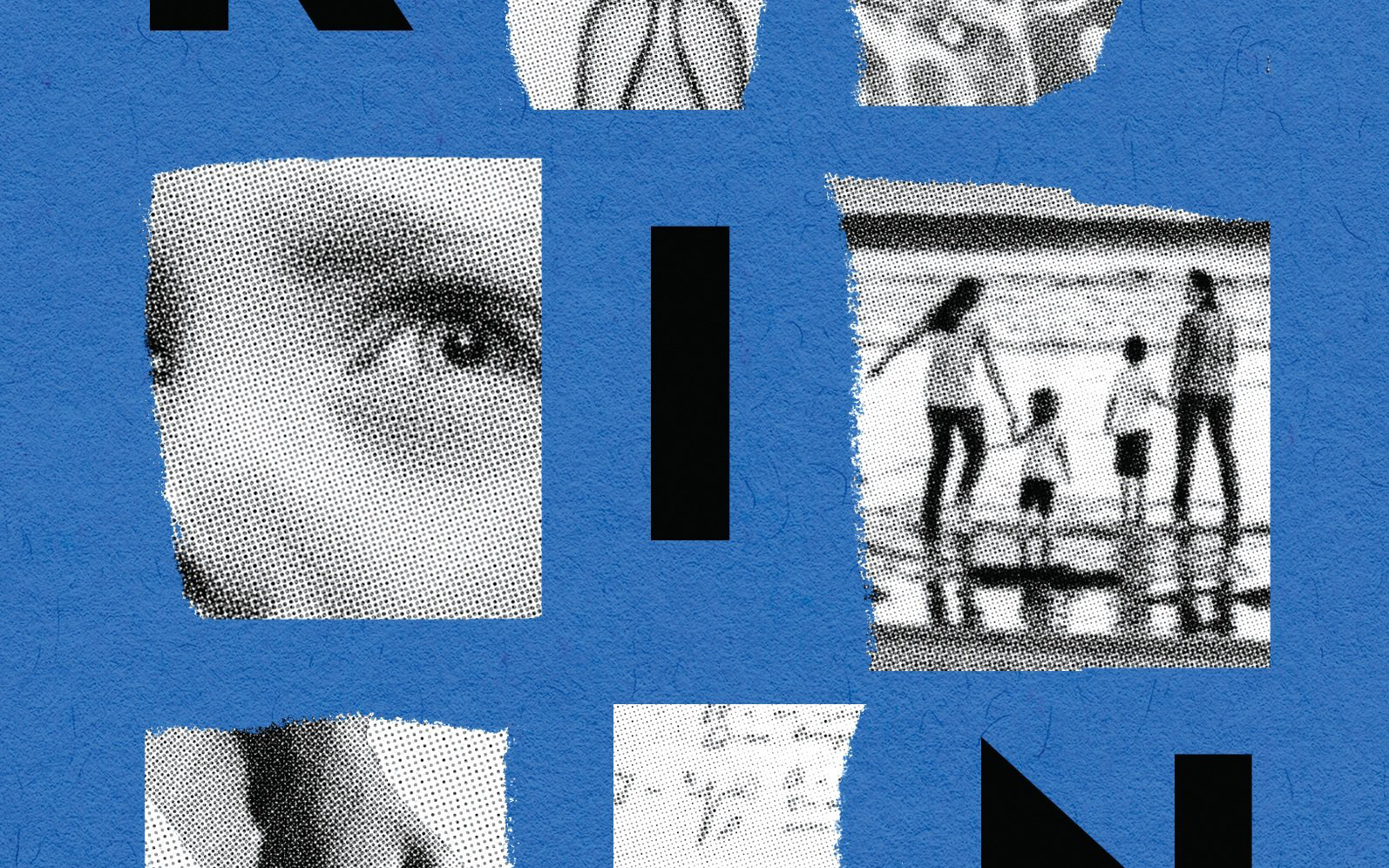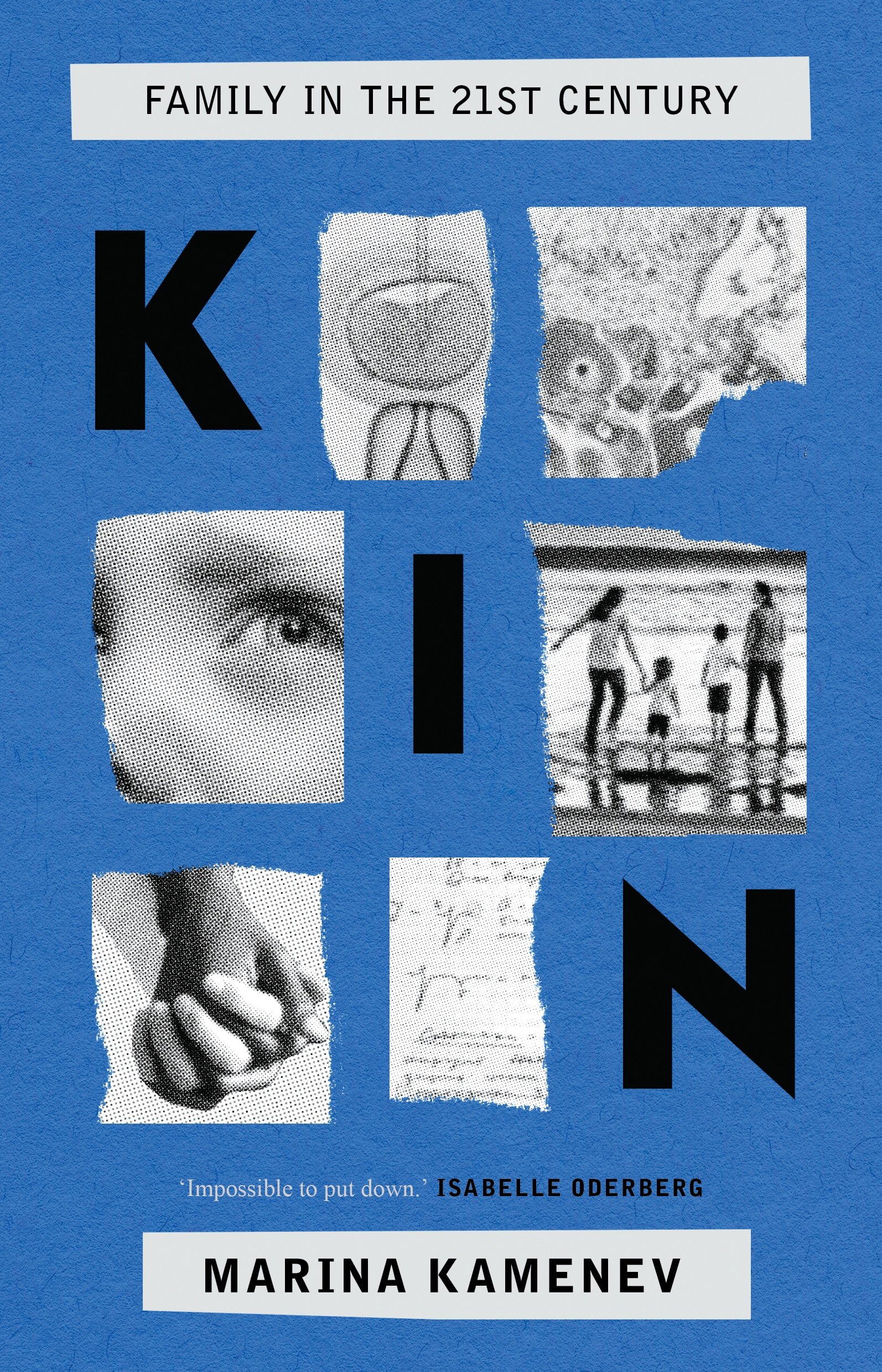
- Free Article: No
- Contents Category: Society
- Review Article: Yes
- Article Title: Reimagining families
- Article Subtitle: Making and unmaking kin
- Online Only: No
- Custom Highlight Text:
Marina Kamenev’s Kin begins with a calmly unadorned outline of the nuclear family’s recent fortunes. In the space of just a few pages, she gives a condensed tour of the concept’s history, concluding with US historian Stephanie Coontz’s suggestion that the nuclear family is a ‘historical fluke’ – one that has, as Kamenev puts it, ‘been idolised long after its use-by date’. The introduction’s mini-tour prefigures, in capsule form, both the book’s thematic emphases and its guiding rhetorical procedures. As Kin’s chapters move through their discussions of the moral panics that accompany non-nuclear family structures, from same-sex parenthood to chosen childlessness to single-parent families, the book reveals that the real moral hazards of reproductive technology lie not in deviations from the nuclear model but in attempts to impose the model where it doesn’t fit.
- Featured Image (400px * 250px):

- Alt Tag (Featured Image): Bridget Vincent reviews ‘Kin: Family in the 21st century’ by Marina Kamenev
- Book 1 Title: Kin
- Book 1 Subtitle: Family in the 21st century
- Book 1 Biblio: NewSouth, $34.99 pb, 440 pp
- Book 1 Cover Small (400 x 600):

- Book 1 Cover (800 x 1200):

The mini-tour also captures the book’s dominant modes of persuasion, showing Kamenev to be a master of the understated zinger: she quietly accumulates formidable evidence and allows it to speak for itself. What ultimately emerges from this evidence is a clear sense that women, in particular, cannot win under a nuclear-focused reproductive regime: the potential for shame and coercion haunts every choice. Accessible to the non-specialist reader, Kin offers a galvanising education. Before reading this book, I had a vague sense of the damage done by our collective fetishisation of nuclear family structures. Kamenev transformed this ambient concern into an informed and energised rage.
The process of imagining families differently begins, she shows, with acknowledging a definitional gap. Even though non-nuclear families have existed for tens of thousands of years, some languages (including English) lack an adequate vocabulary for these structures. As she puts it, ‘We are searching for terms in a dictionary without knowing the language in which we want to communicate.’ Kamenev’s contribution to the conceptualisation of alternative familial models involves the hard work of gathering and presenting the nuances of lived experience. Her methodology, while objective in its proliferation of historical and statistical detail, is highly personal: she draws on human stories from multiple, often conflicting, perspectives. She cites not only parents and would-be parents, but also the people involved in creating, commercialising, regulating, and theorising the technologies which make new family structures possible.
It is this proliferation of voices and perceptions which lends Kamenev’s book its defining strength: the ability to sit with, rather than superficially resolve, moral uncertainty and ambiguity. Moral panics are, above all, reductive, positing goodies and baddies. The book’s critical response is not to offer a similarly simplified counternarrative, but rather to show that no moral panic can hold up in the face of reproductive complexities.
One of the human stories is the author’s own. Throughout the analysis, Kamenev observes the limitations imposed by her own standpoint, and this awareness contributes to the book’s larger resistance to dogmatism. She consistently acknowledges that she is writing about choices she herself has never been forced to make: she did not need reproductive technology or adoption infrastructure to become a parent, for instance, and she notes that, unlike some donor-conceived people, she has access to her own genetic identity.
The personal narrative forms one part of the book’s larger structural emphasis on storytelling. Each chapter includes a history of the technology under discussion, and this history is told with an eye to characterisation, pacing, and suspense: she pairs the abstractions of social change with its concrete impacts on individuals. The narrative is filled with quietly resonant details, as in the wry observation, included in a description of egg collection, that ‘usually the number of eggs collected is written on the woman’s hand’. Under her perceptive eye, all kinds of material can become a rich text, as we see, for instance, in her acidic examination of the marketing copy for an egg-freezing company that claims to ‘empower women’. She notes that ‘it’s a weird form of girl power, emancipating women by encouraging them to spend thousands of dollars to stop their eggs from expiring’.
The book’s emphasis on historicising and narration is all the more appropriate given the fraught temporality of the subject matter; a recurring problem with these technologies is our present ignorance about their future effects. So many of the harms and benefits to flow from reproductive technology, as she notes in her conclusion, are only discovered years after their development.
The book’s moral heft is not compromised, but rather strengthened, by its insistence on nuance and multiple narrative perspectives. Her acknowledgment of experiential plurality never dissolves into a relativistic shrug or the aridity of bioethics as debating contest. Kamenev’s facility with uncertainty is especially evident in the book’s treatment of those technologies and services which, in service of a moral good in one area, risk doing moral harm in another. There is no one right answer to the question of how, for instance, the potential benefit of gamete donation is complicated by the struggles of donor-conceived people who wish to know their genetic identities.
Some of the book’s best work with sustained moral uncertainty comes in its detailed and confronting chapter on surrogacy. Here, Kamenev brings to light both the emancipatory potential of surrogacy and the potential for severe harm: harm to the surrogate, to any donor involved, to the child, and, potentially, on some level, to the eventual parent. She observes that ‘the existing research on surrogacy never seems substantial enough to convert a critique of the practice, and vice versa’. In her own research on surrogacy, Kamenev, equally, does not seek to convert readers either way. Instead, she does the important work of illuminating the nuances behind the categories. Here she shows, as the whole book shows, that the reductive logic that undergirds compliance with nuclear models doesn’t hold up in the face of human particularity: in the face of all the particularities of love and kinship that can form when given the chance. In the end, the reader is left with a strong sense of the possibilities for love, connection, and care that proliferate in diverse familial structures – structures both ancient and emerging.


Comments powered by CComment